Balitraveldiary.com – If you are interested in exploring various traditional Balinese life rituals. Yadnya Museum is one of the places you must visit. This museum is an invaluable source of insight about the intricacies of rituals carried out by the Balinese people. The museum that was founded in 1974 was formerly called the Manusa Yadnya Museum. After a total rehabilitation and addition of collections, the museum was later called the Yadnya Museum.

Yadnya Museum is located on Jalan Ayodya, Mengwi Village, Badung Regency, and is approximately 18 kilometers from Denpasar. The position of this museum is on the west side of the Taman Ayun Temple Mengwi Complex. The museum complex is separated by a moat about 50-70 meters wide. With a mother temple (paibon), from the Mengwi Kingdom. The museum is open to the public every day, except for the Nyepi holiday.
The museum stores various devices used in religious rituals called the five yadnya. Put simply, the five yadnya can be interpreted as sacred offerings in the five spiritual dimensions of Hinduism. The five yadnya include the gods of yadnya (worship of the gods). Pitra yadnya (worship of ancestral spirits), manusa yadnya (rituals of consummation of humans), receipt of the yadnya (worship of saints / maha sages), and bhuta yadnya (offerings to the bhuta bhuta). .
The entire collection owned by the museum is exhibited in two galleries. Whose positions are on the front (south) and center of the museum. The gallery on the front side only opened in 2012. In this gallery, a giant collection of ogoh-ogoh is stored which is part of the bhuta yadnya ritual. On the front side of the main gallery in the center of the complex, there is an amphitheater stage.
In the middle, stored equipment related to the rituals manusa yadnya. Manusa Yadnya done to perfect the virtues in a human being. Included in this ritual are a series of stages through. Which a human passes through his life. from pregnancy, birth, puberty, before maturity, to death.
One of the ceremonies held in the process of one’s life in Balinese society is the birth ceremony (otonan / pawetonan). This ceremony is held 210 days after the baby is born. Entering puberty, a puberty ceremony (ngaraja sewala) and a dental honing ceremony (mapandes). They have the meaning of cleansing themselves from lust. Entering adulthood, another important ritual that must be passed is marriage. And one’s life journey will be closed with a death ceremony – can be a burial or cremation (cremation).
In this museum, supporters can get a picture of the implementation of these rituals and the intent contained therein. Various tools related to the series of rituals are arranged in sequence according to the flow of human life.
At the back of the complex, to the north, there is an example of a traditional Balinese house. This traditional house was built based on the concept of Kosala Kosala.











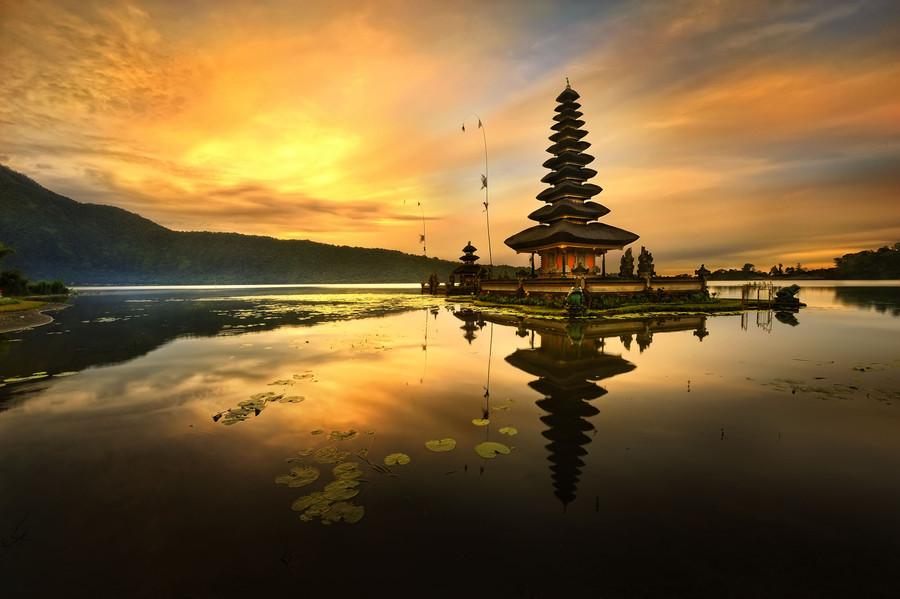

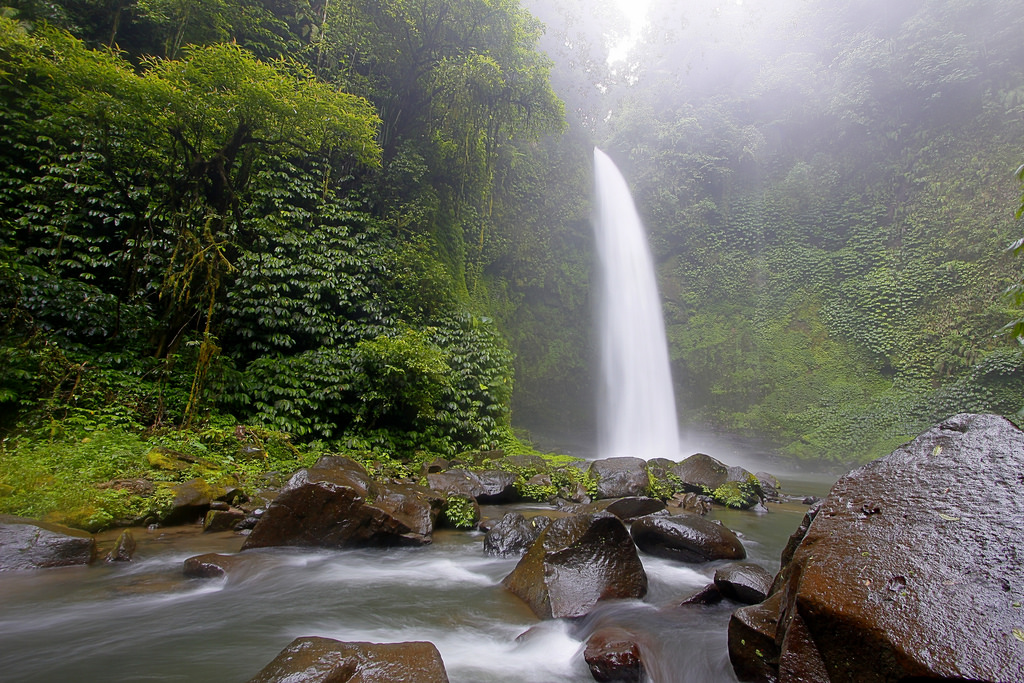

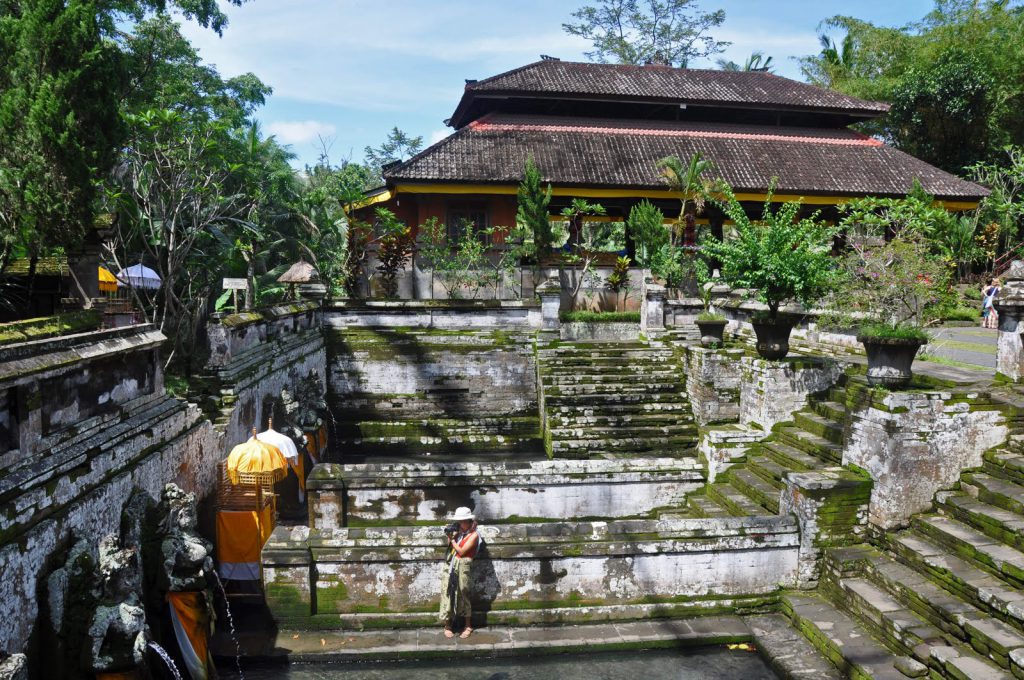
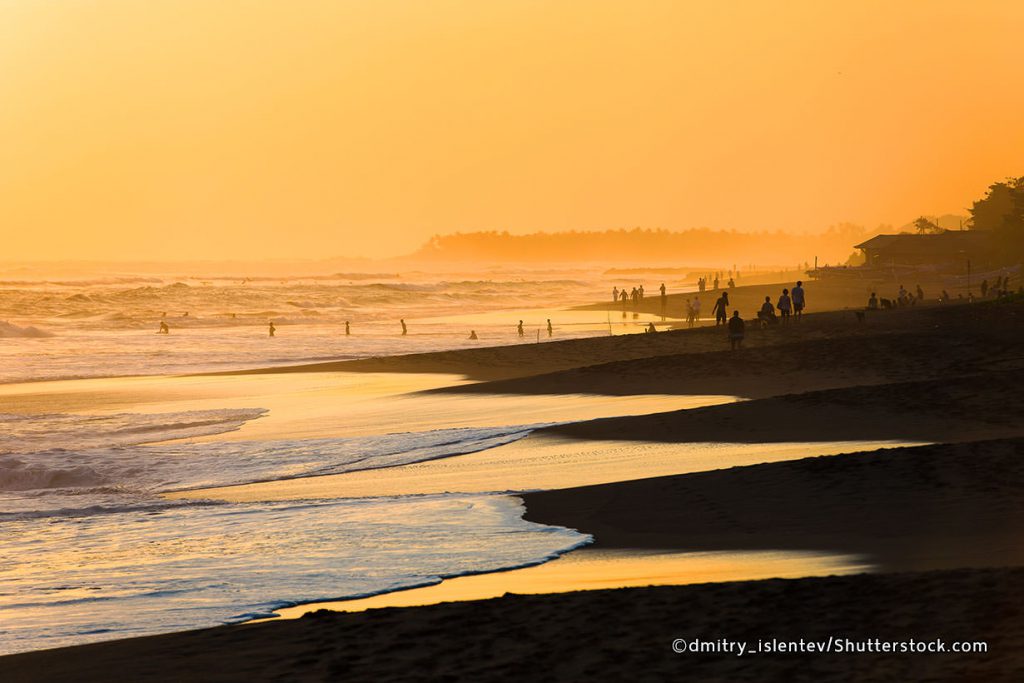
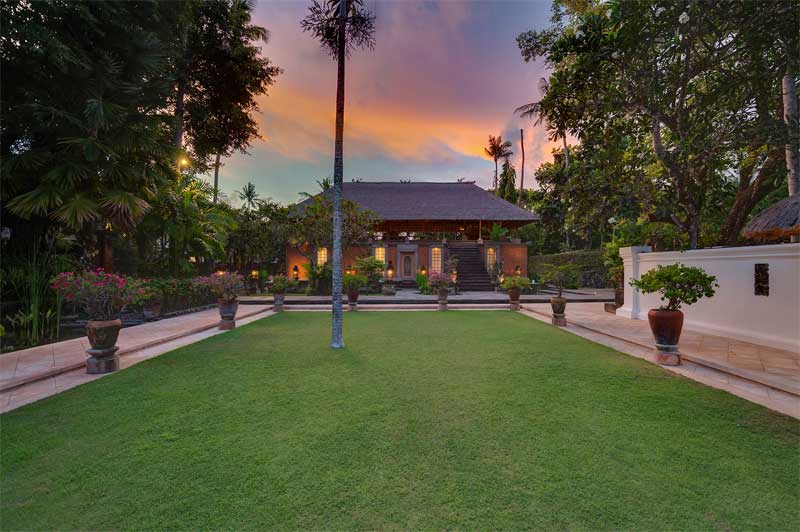

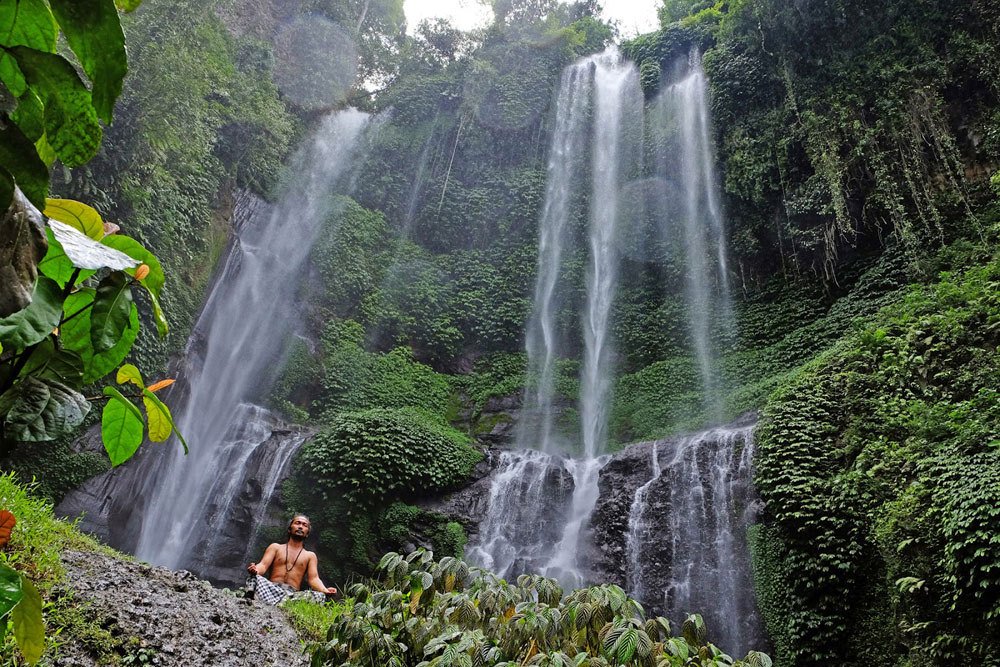













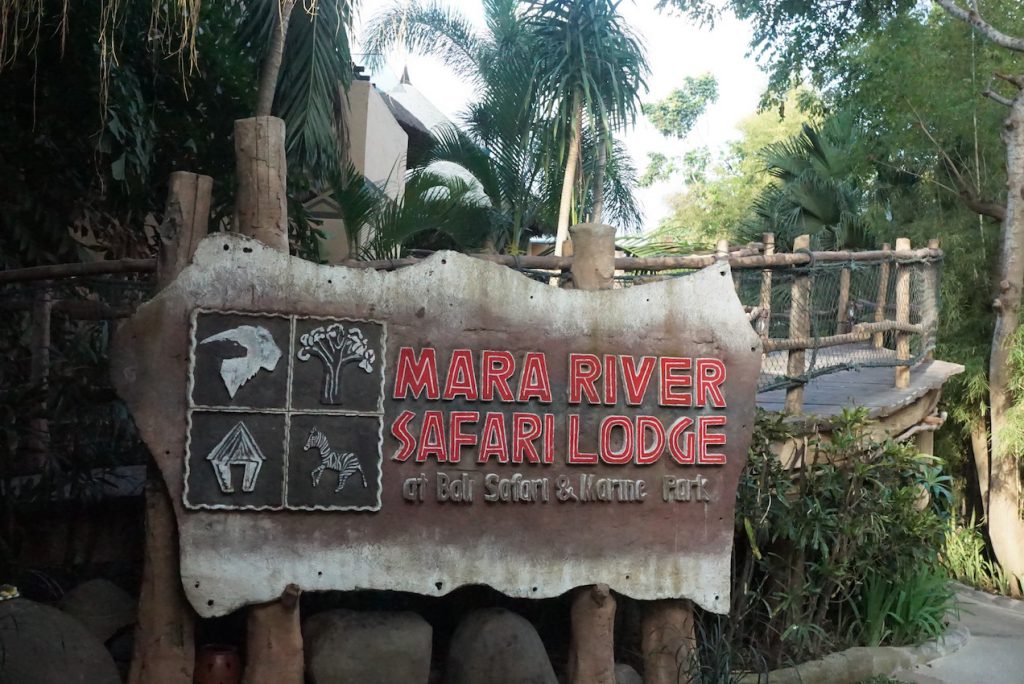
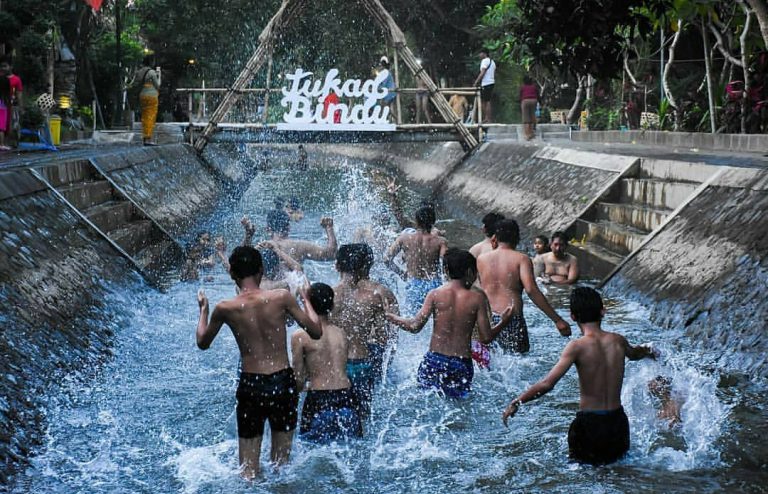





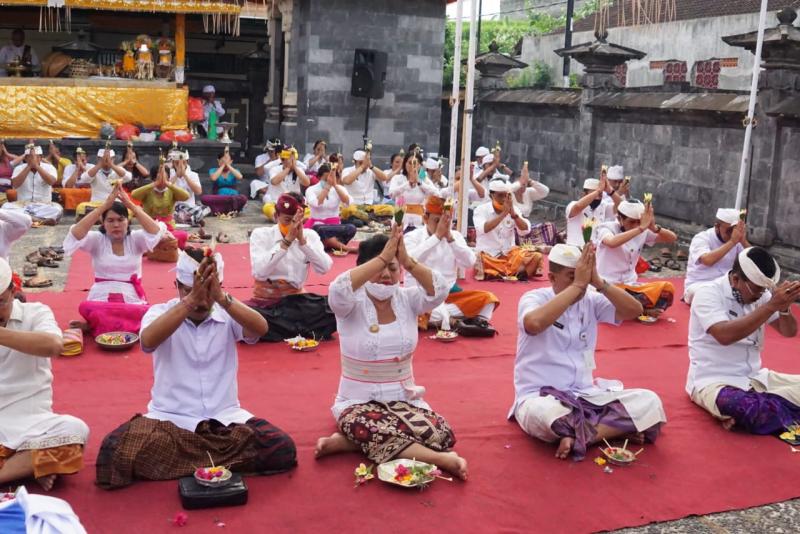

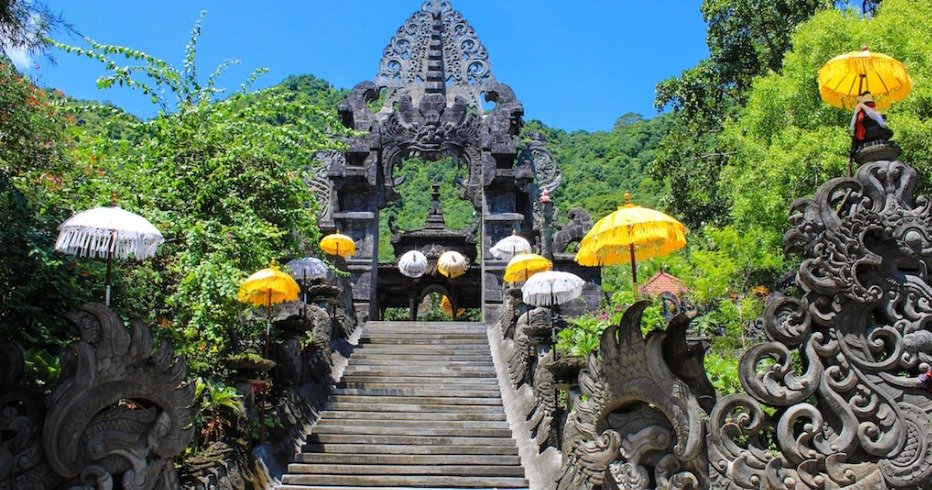

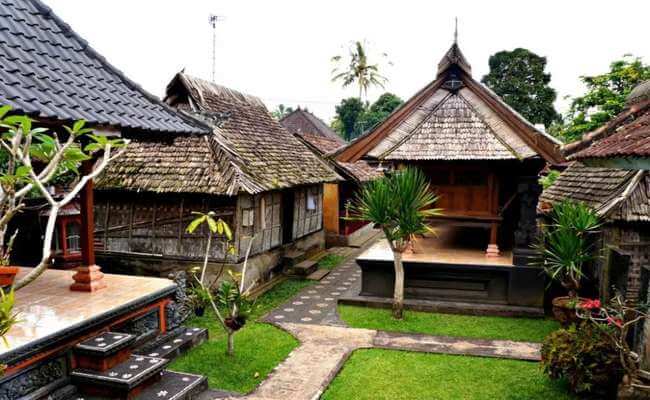

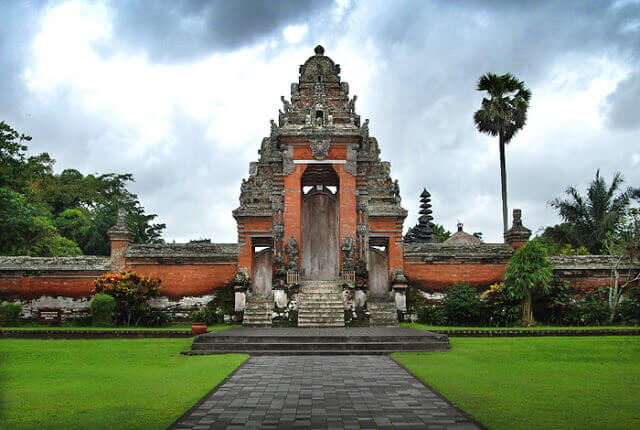



















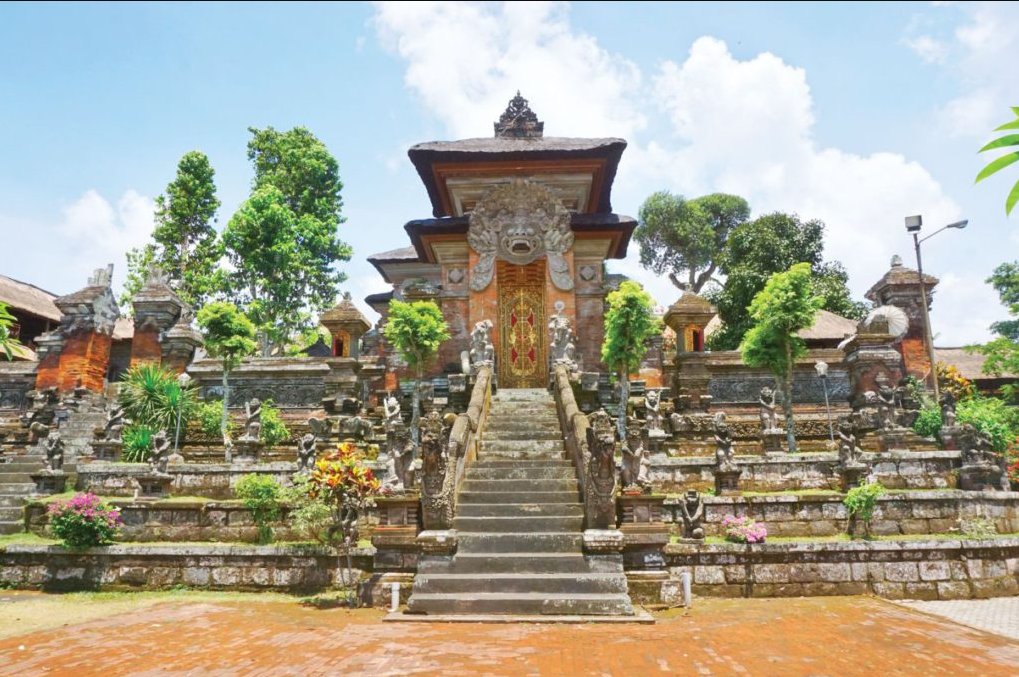


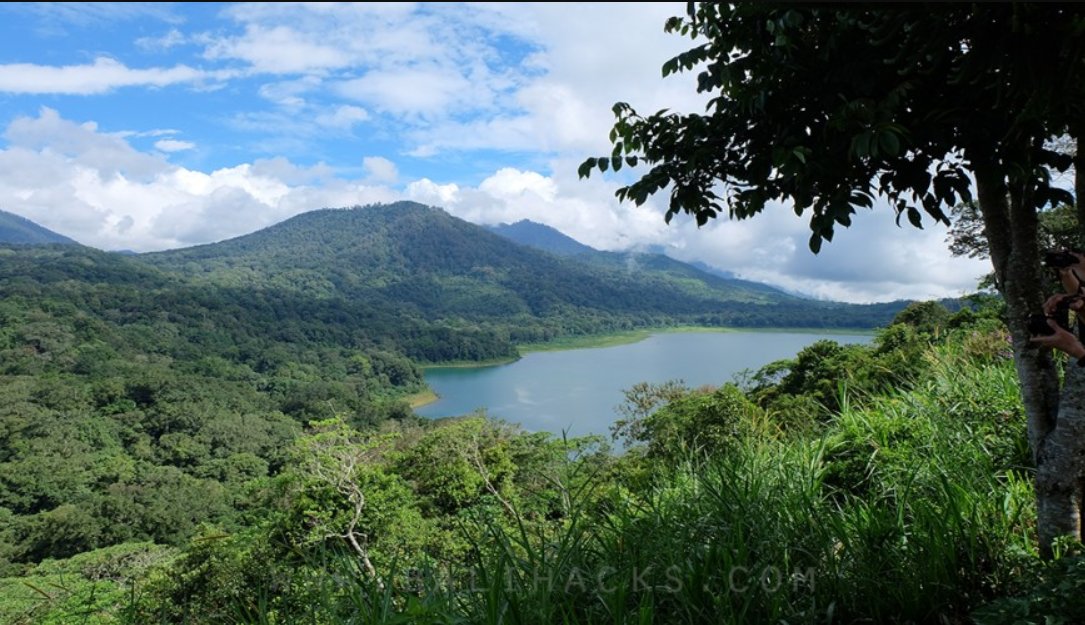















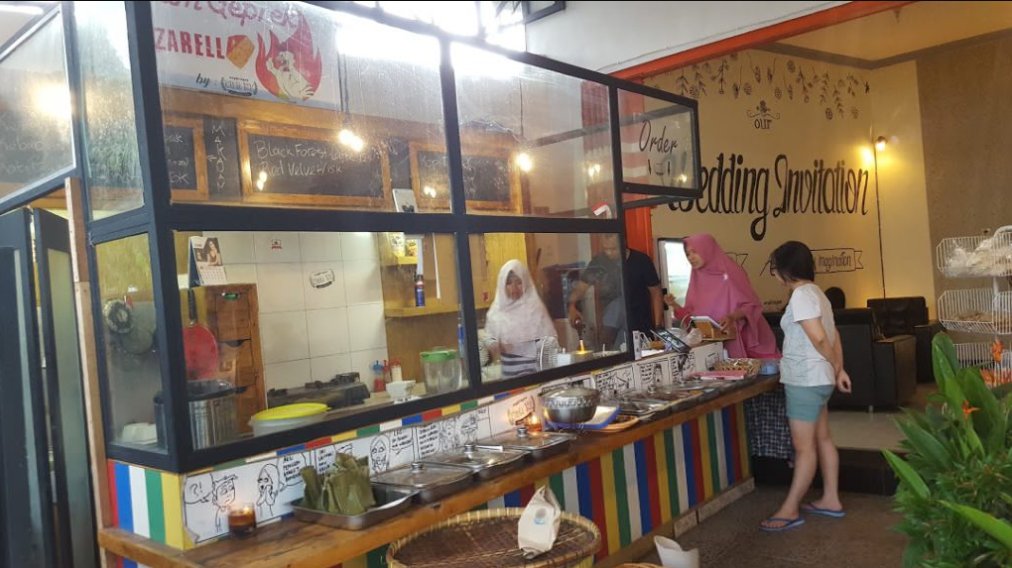
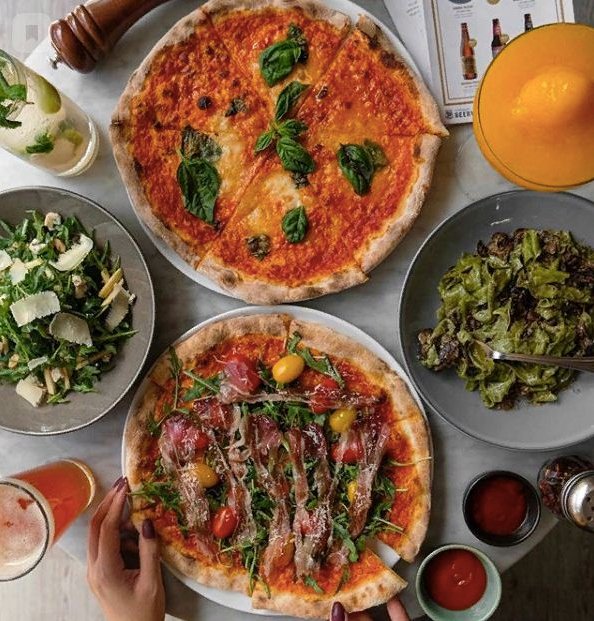














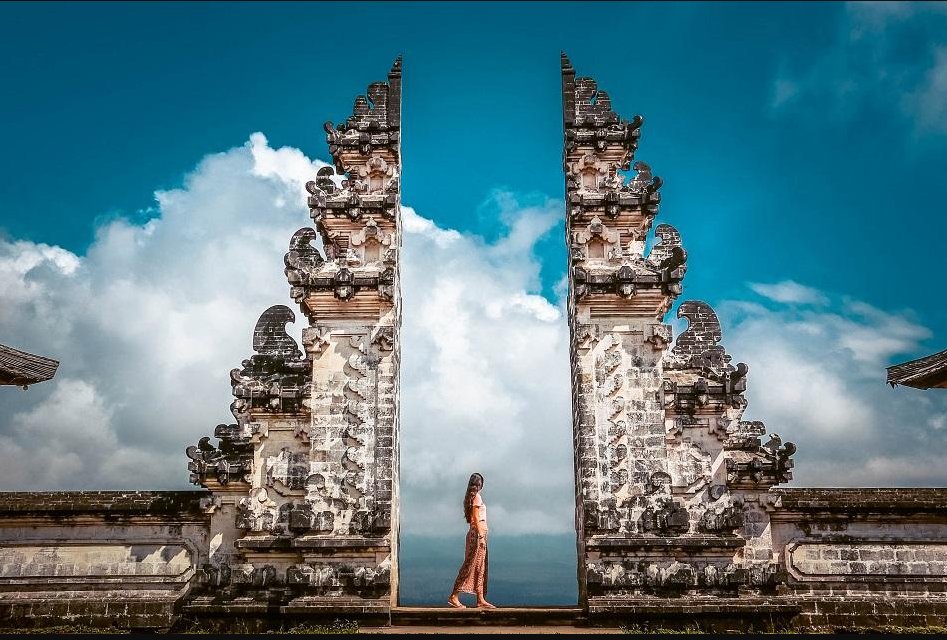
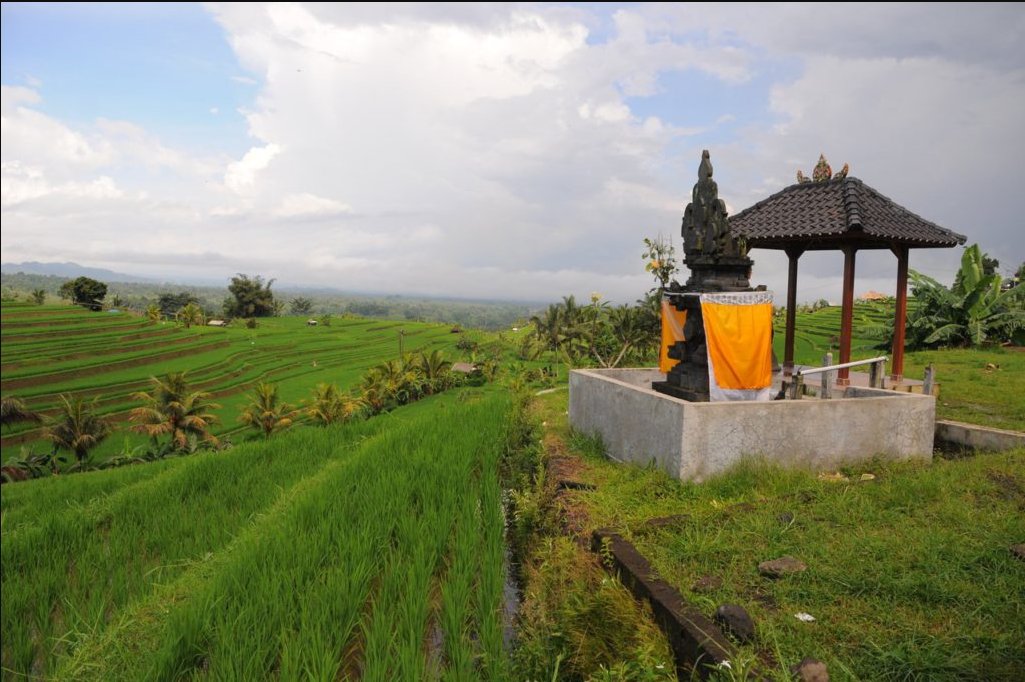
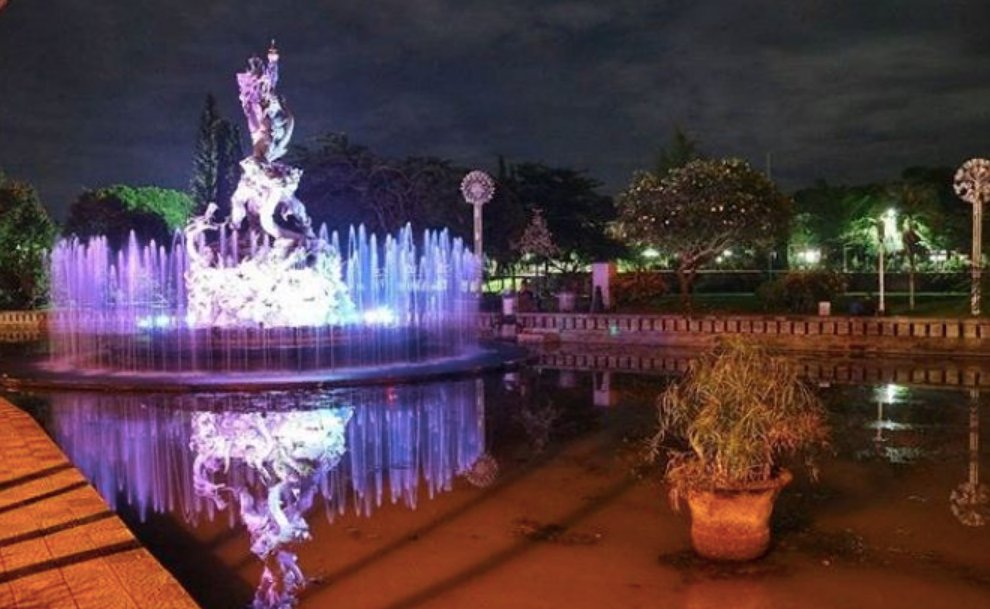
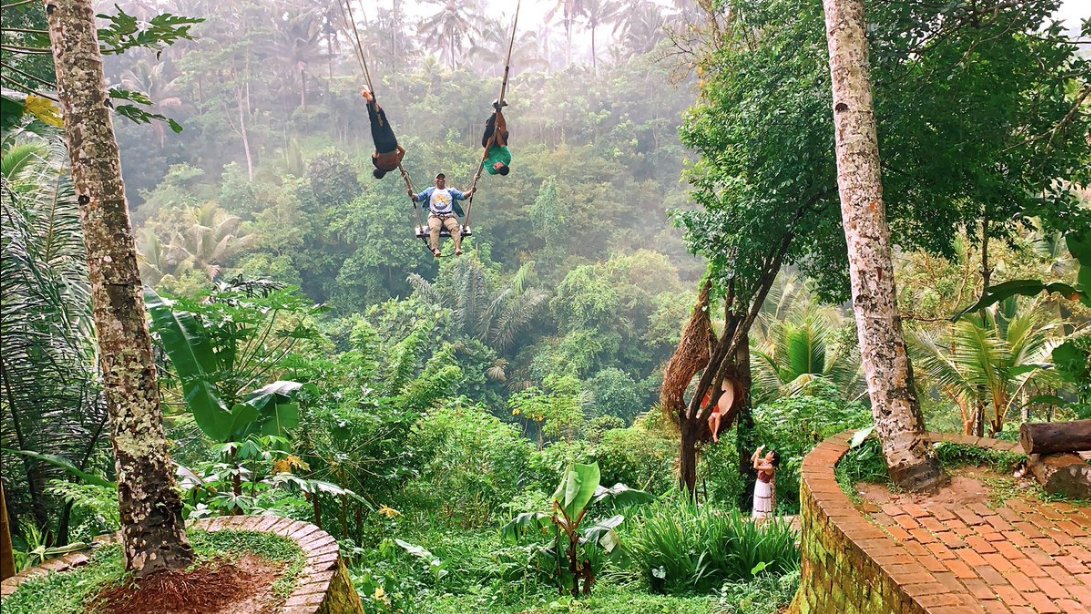

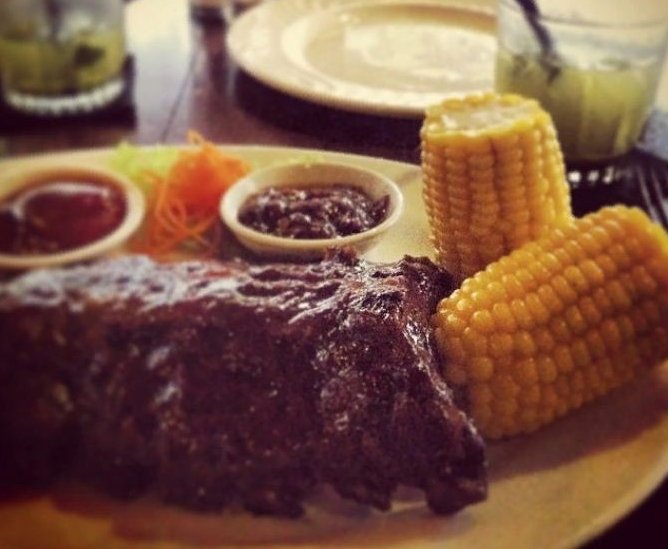

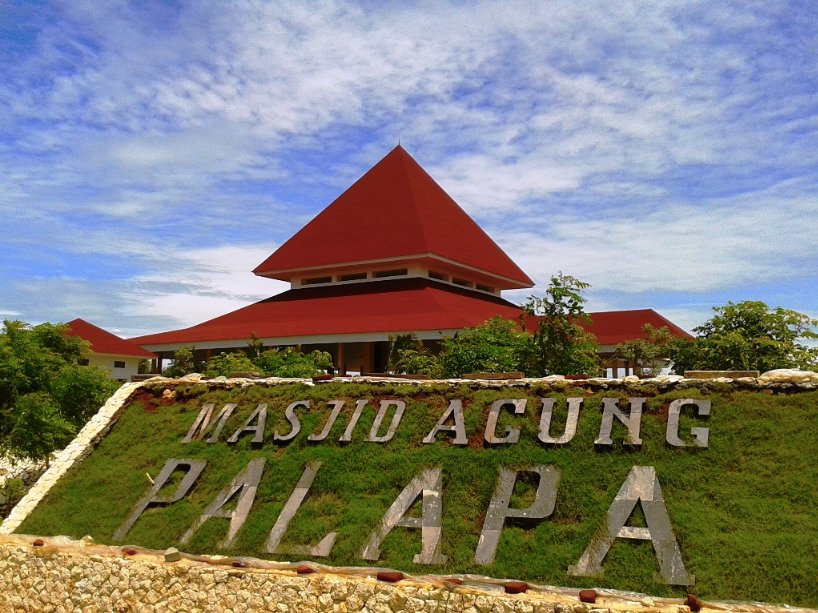
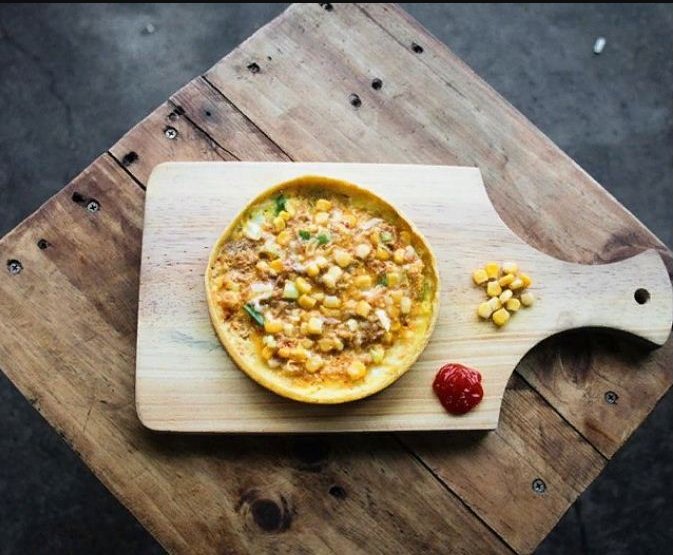









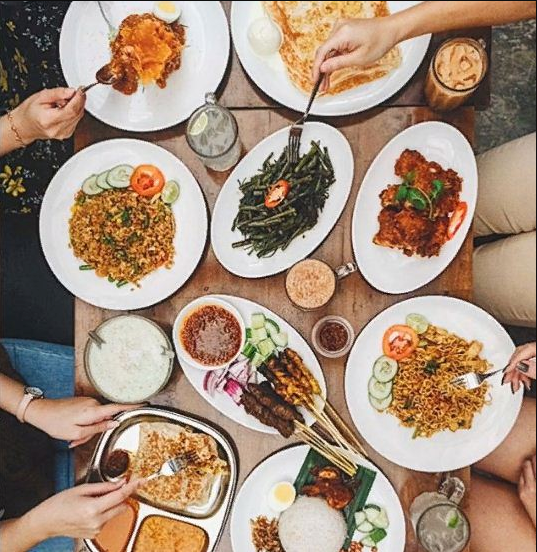






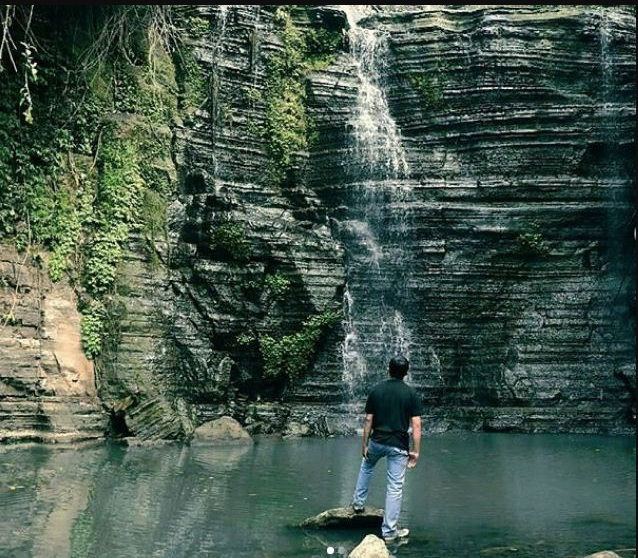







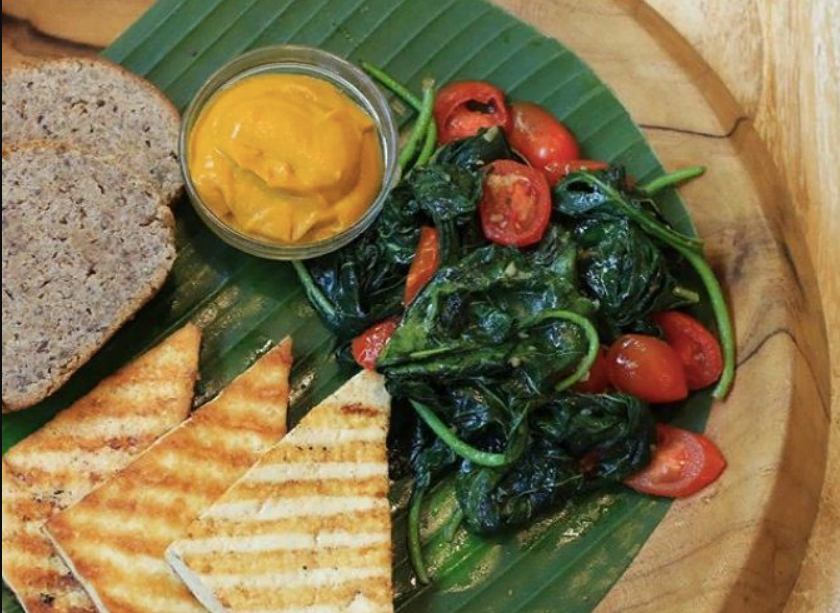




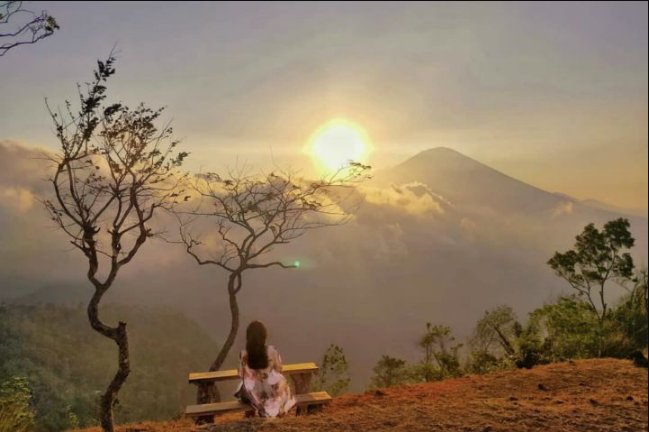




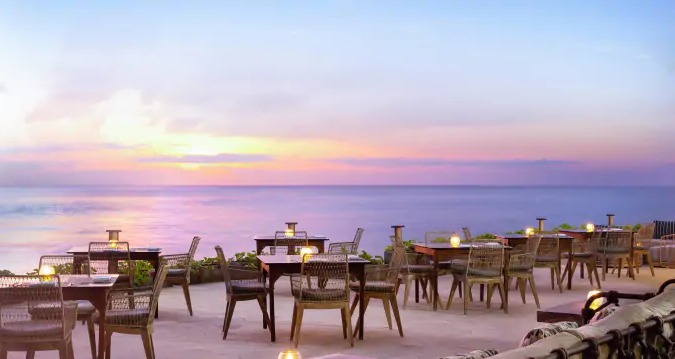

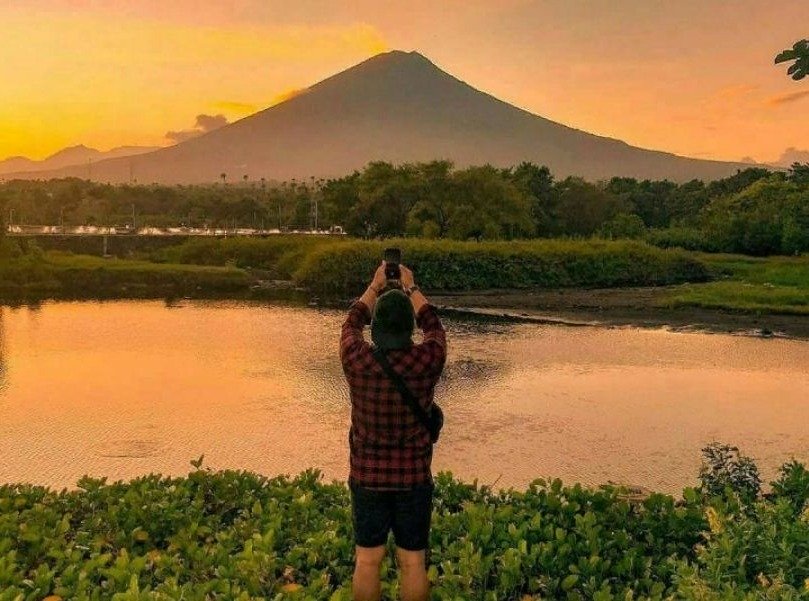


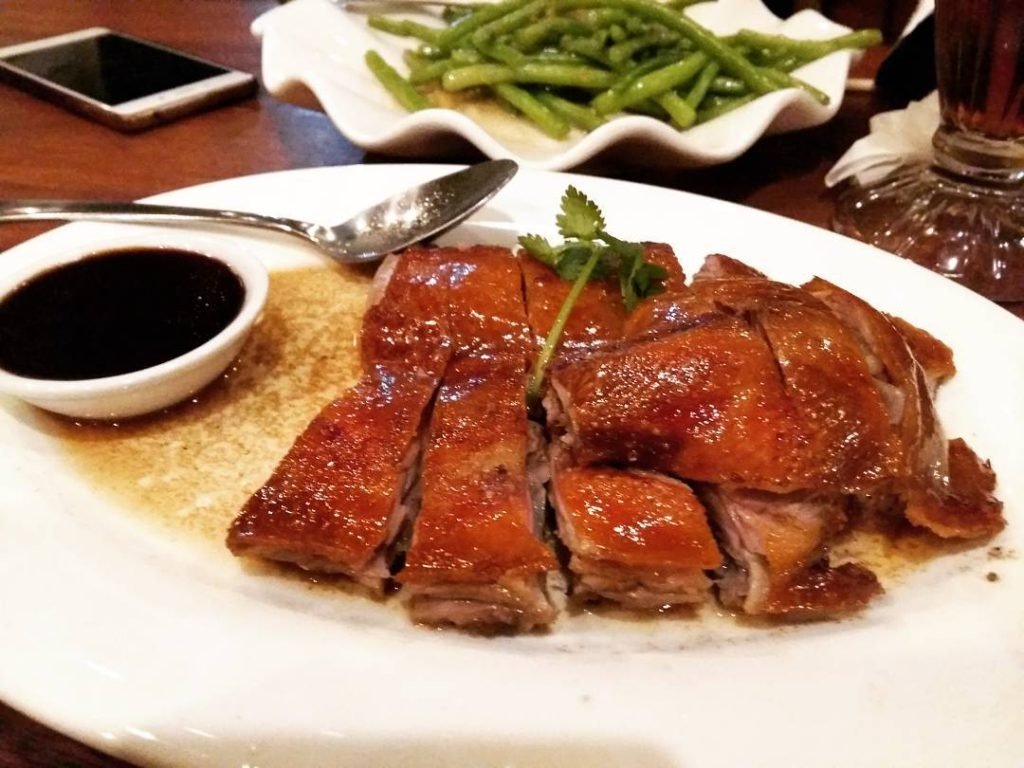


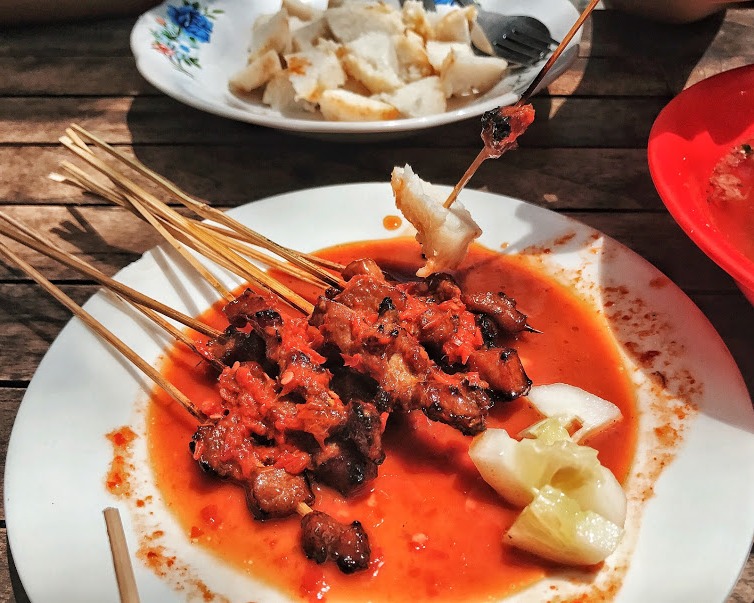





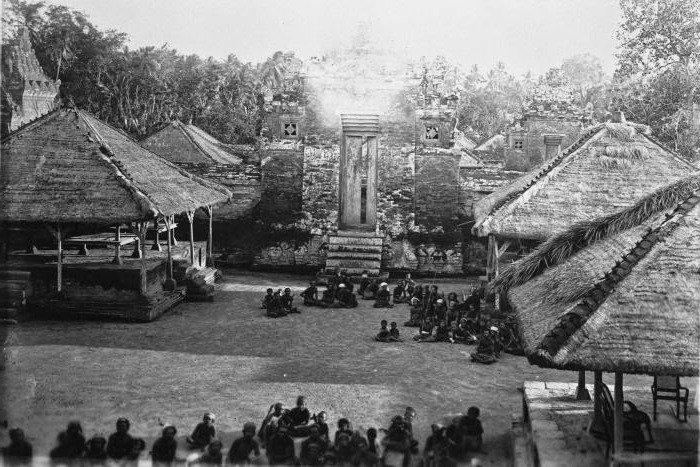




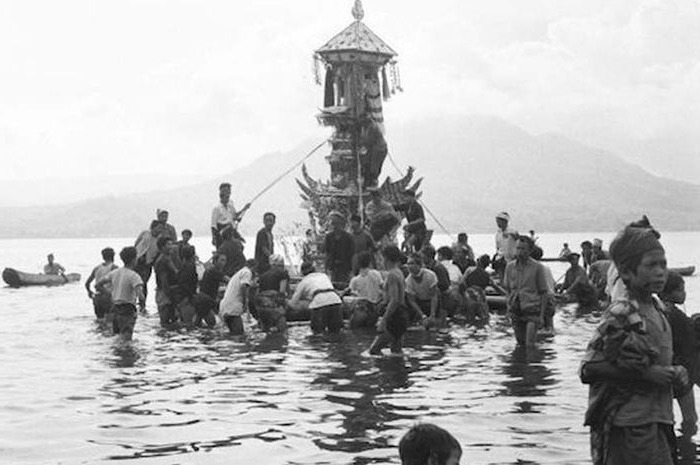


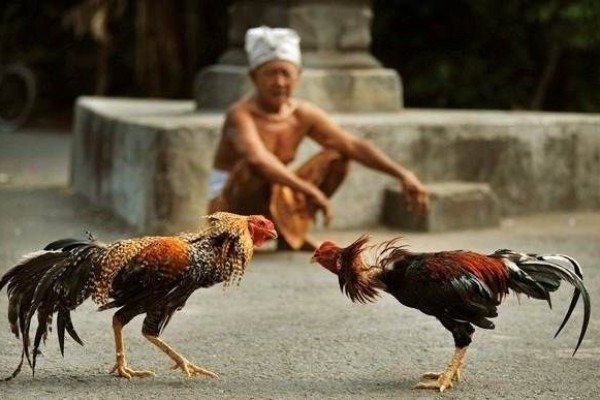
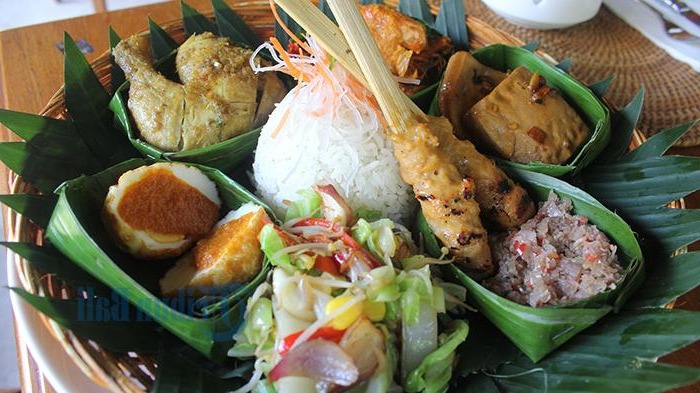





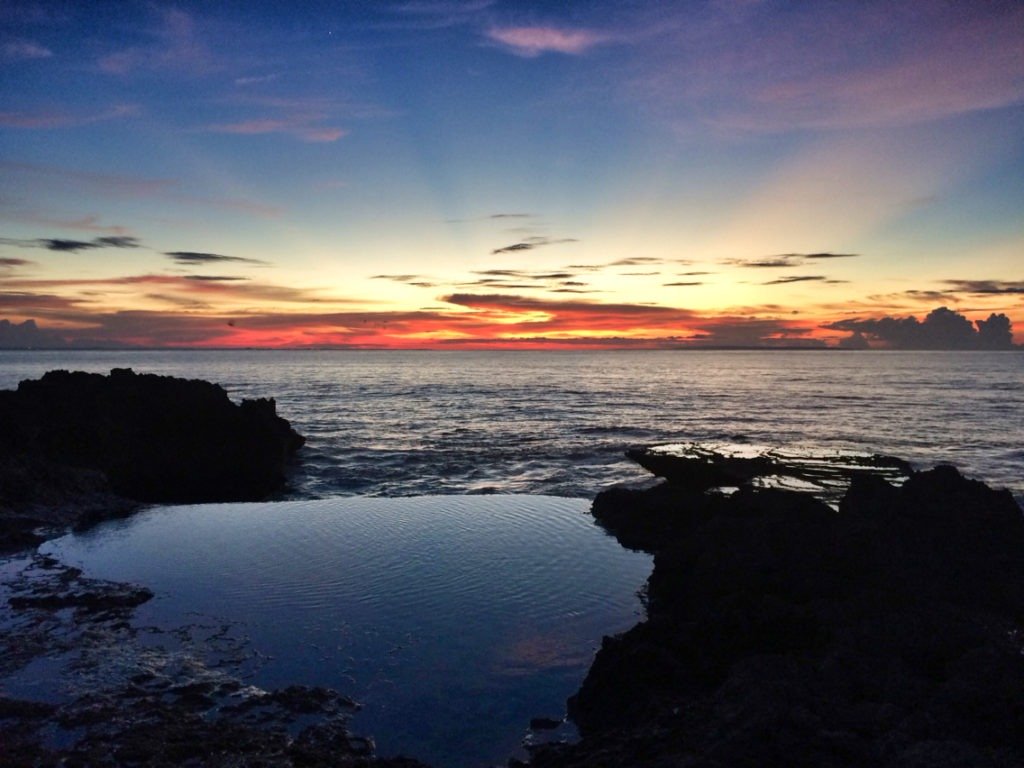






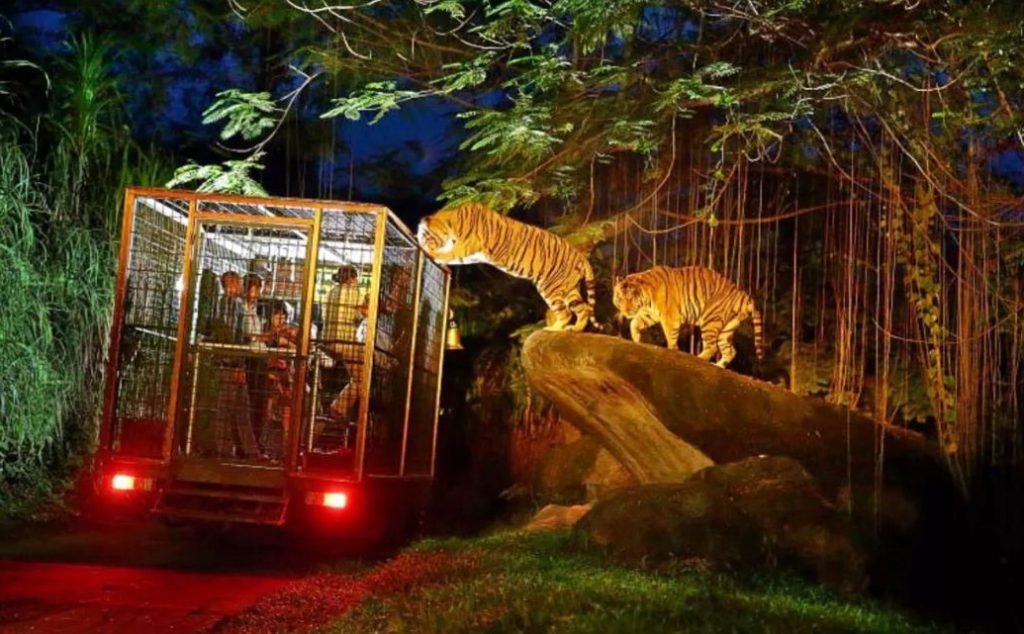


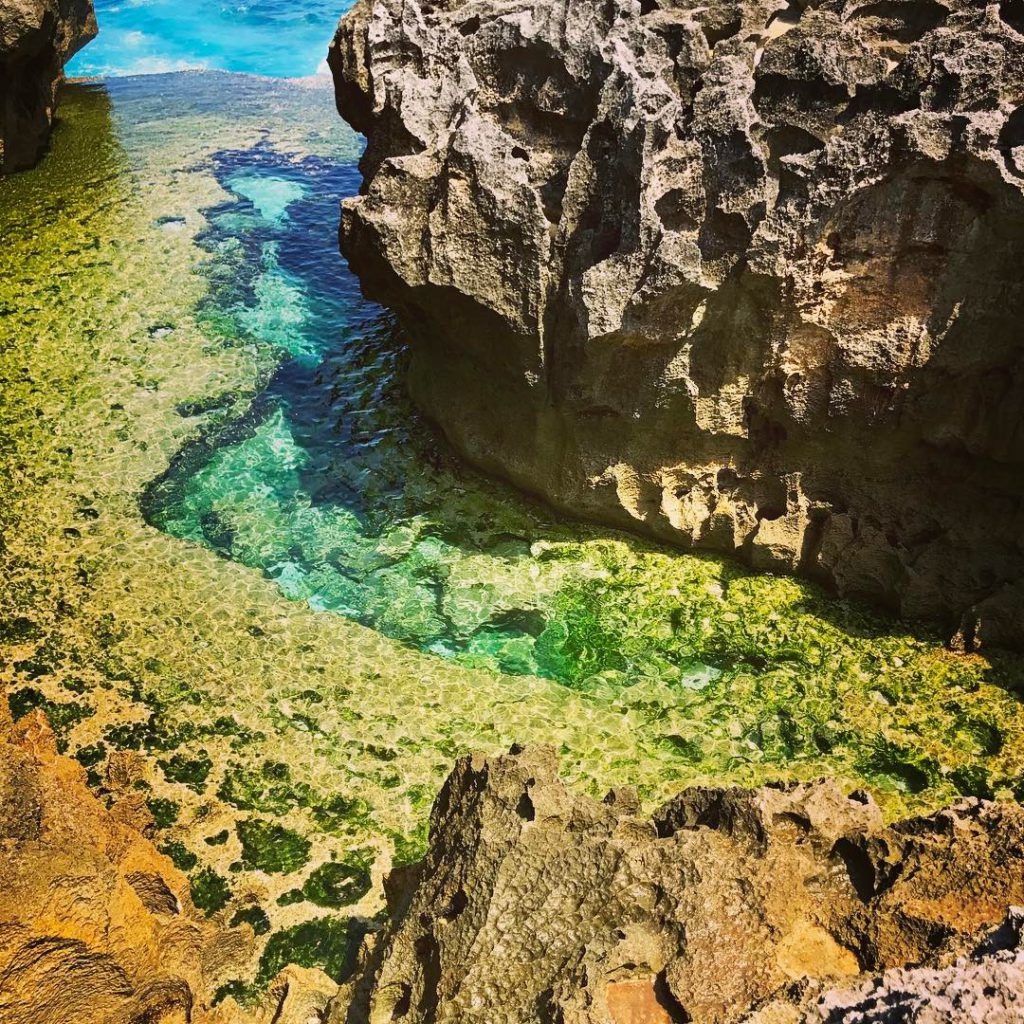

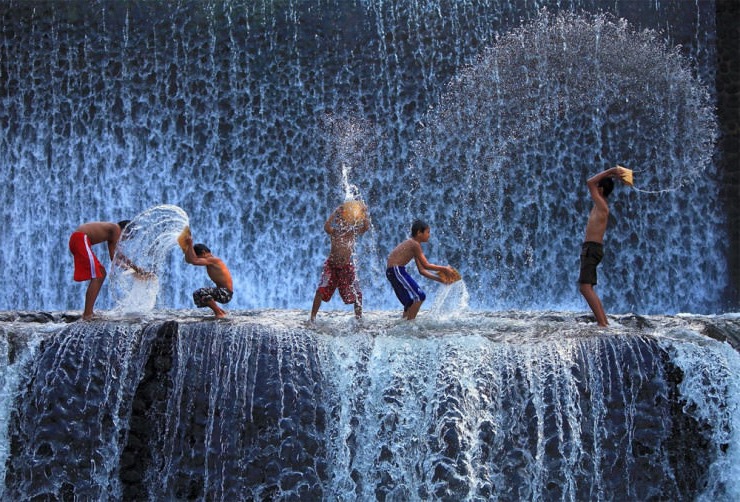



















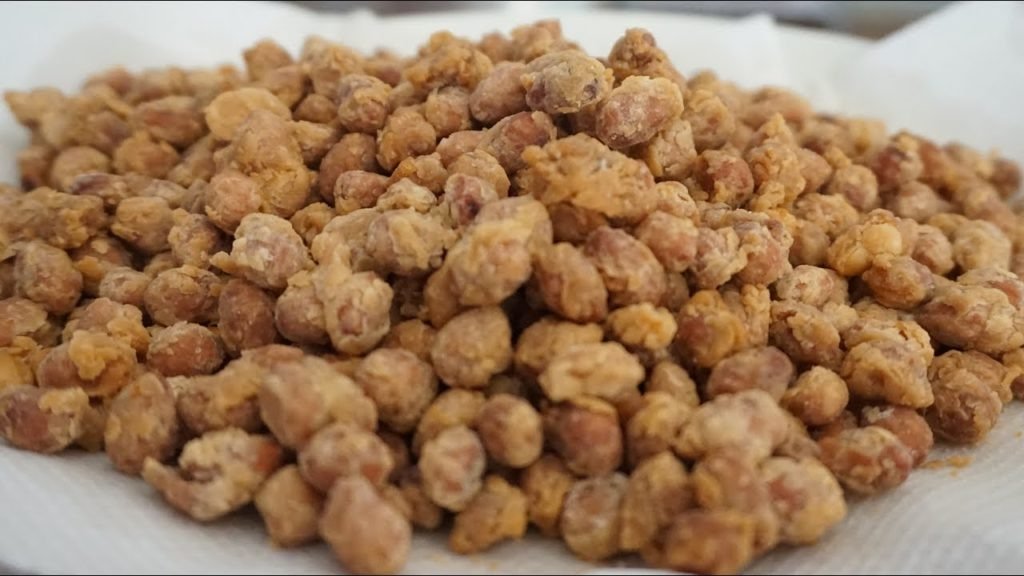



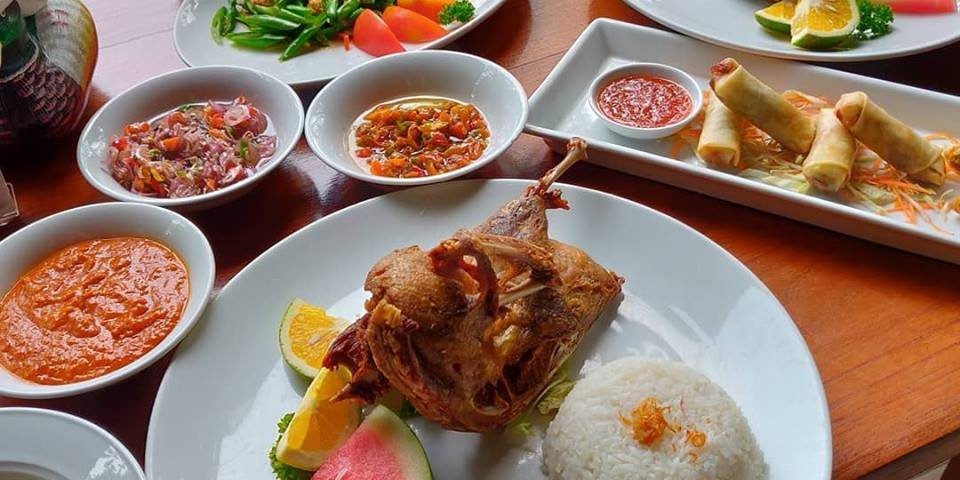


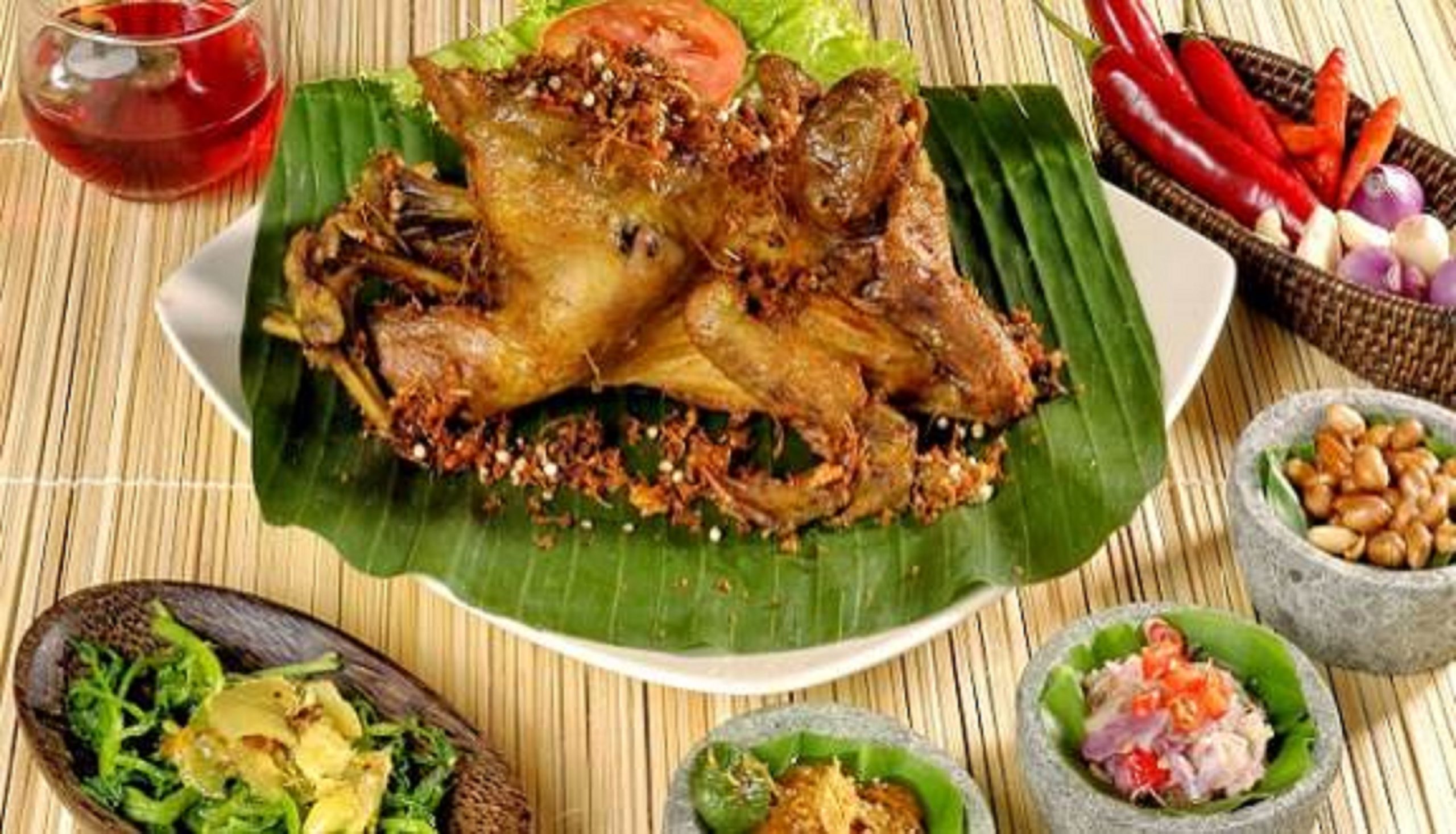
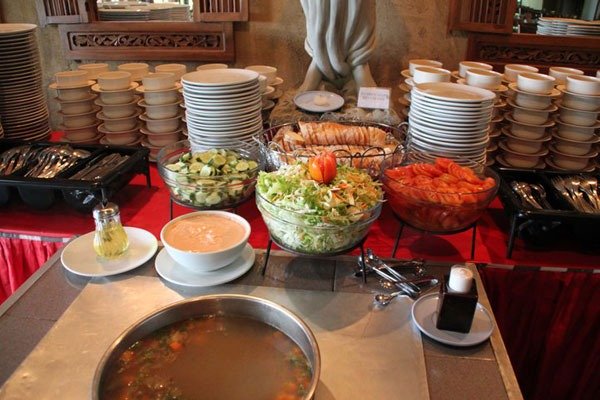















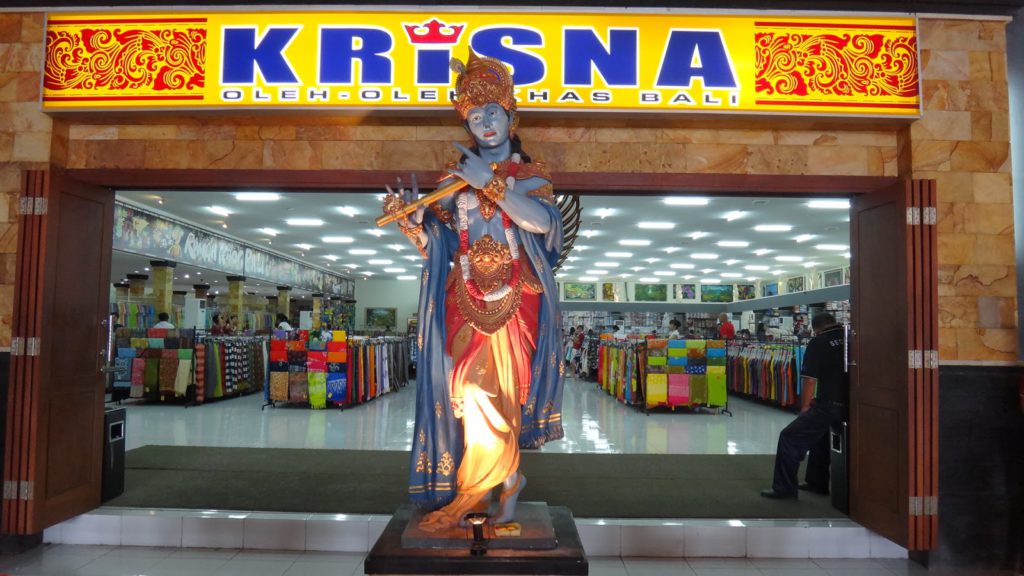





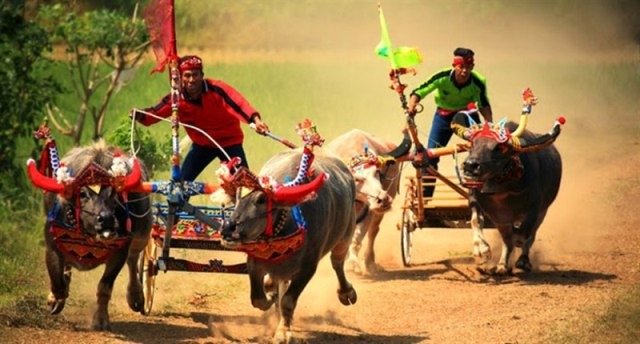
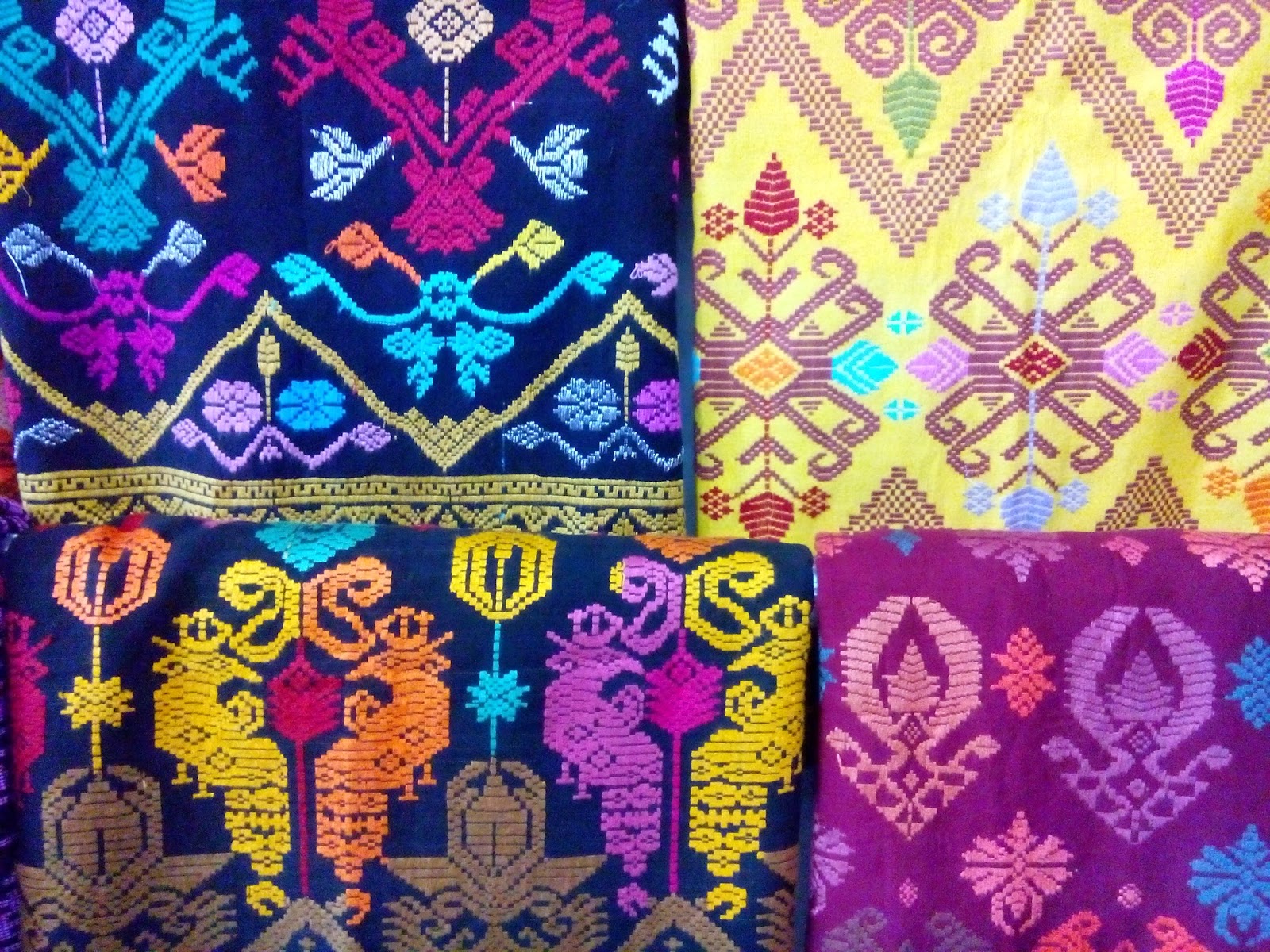

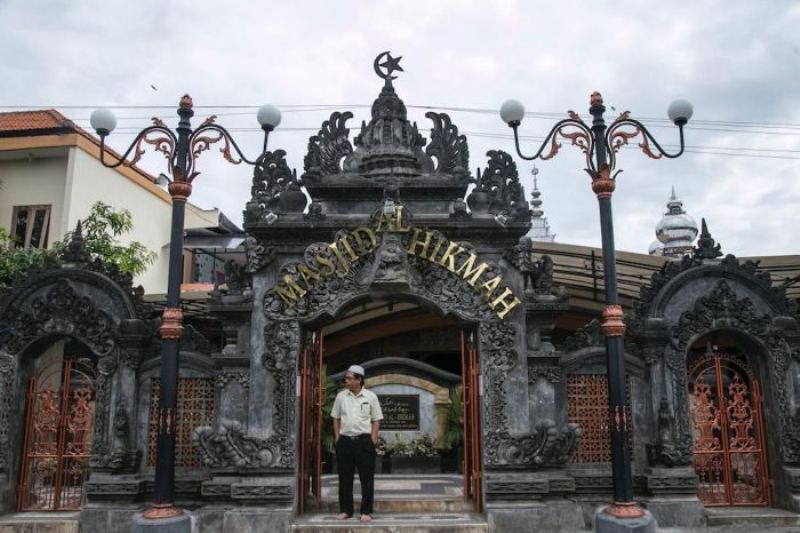













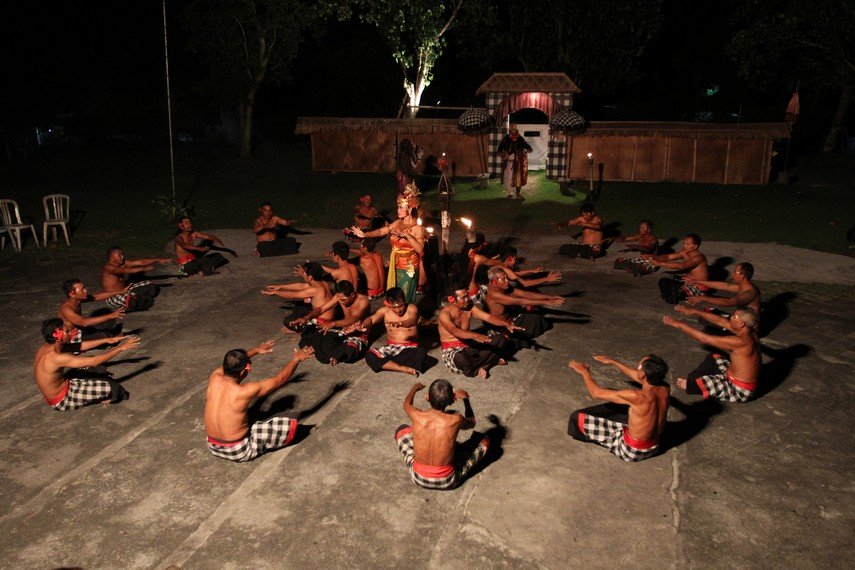


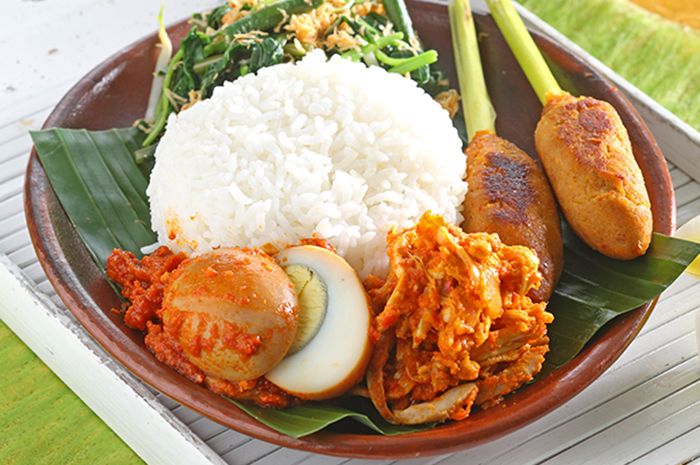








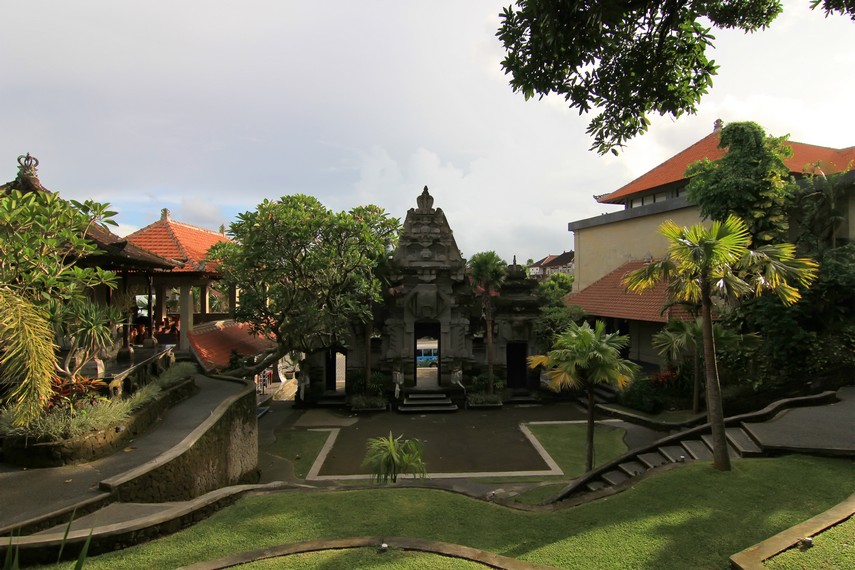
















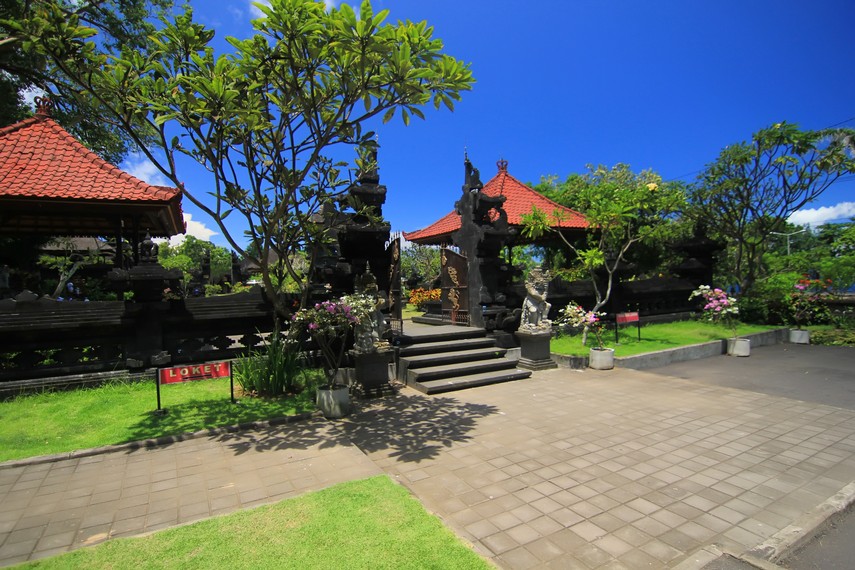

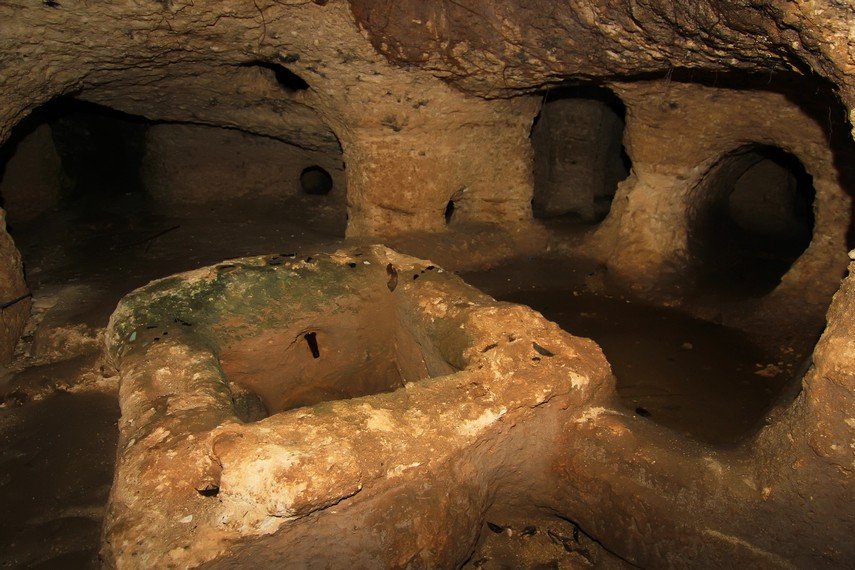




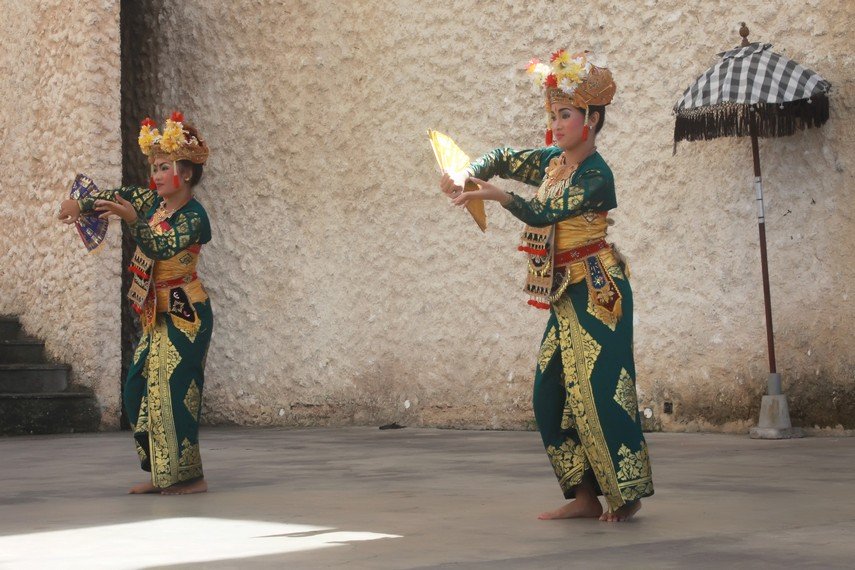



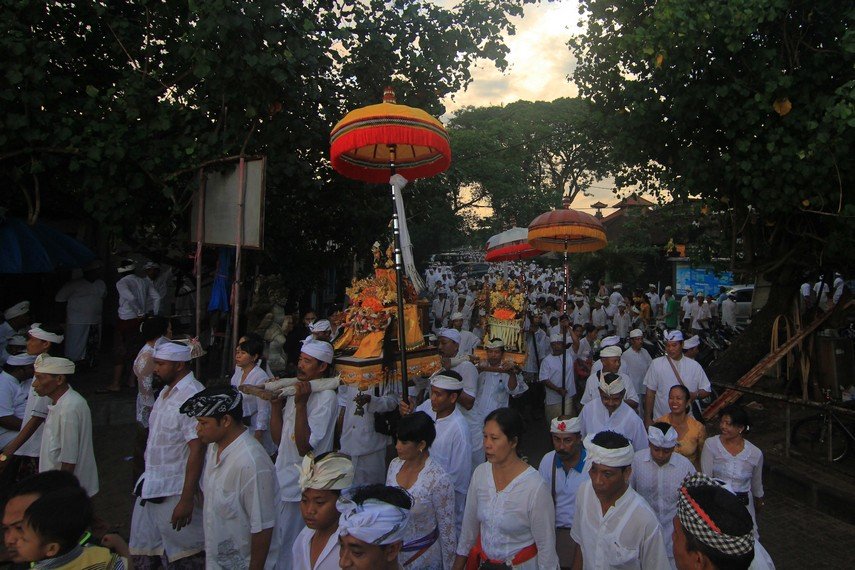




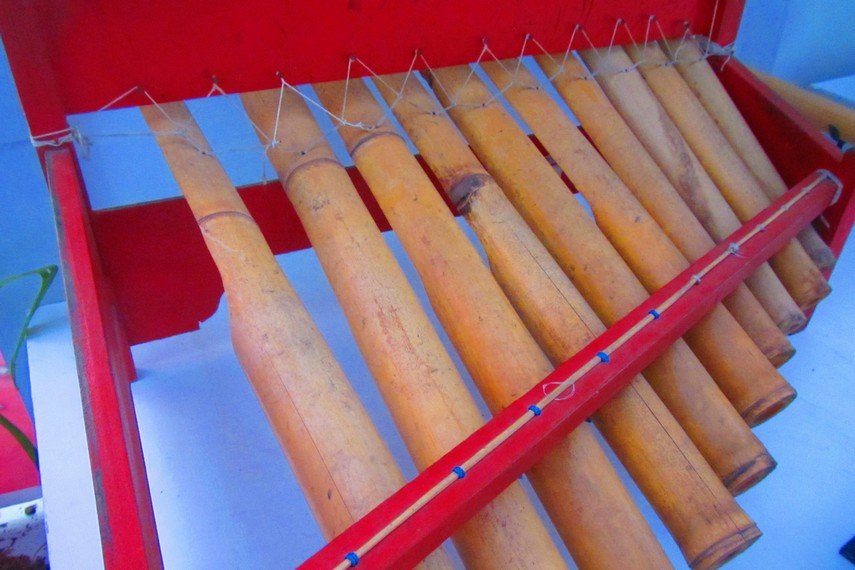






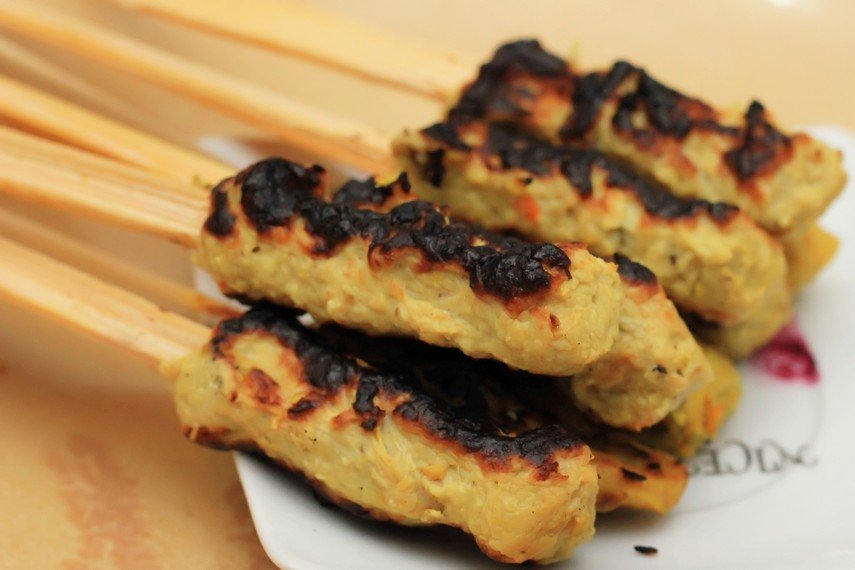

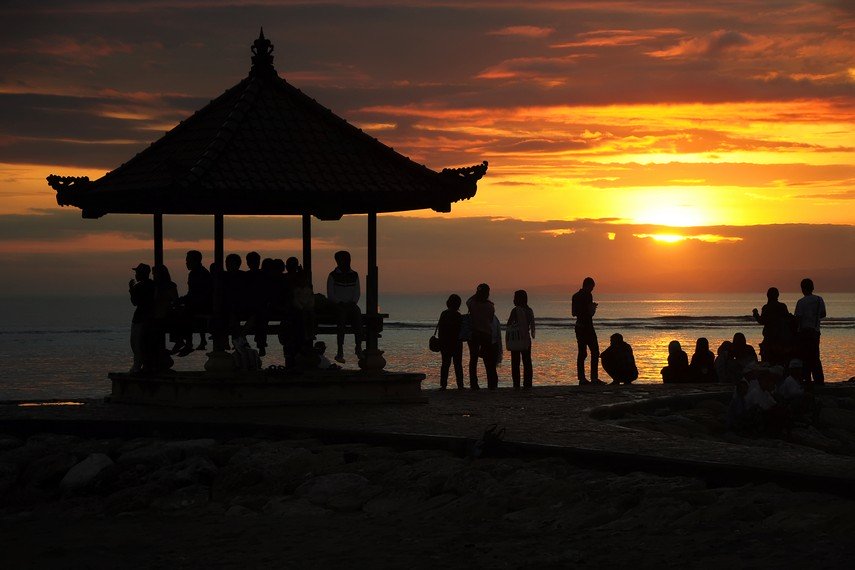
0